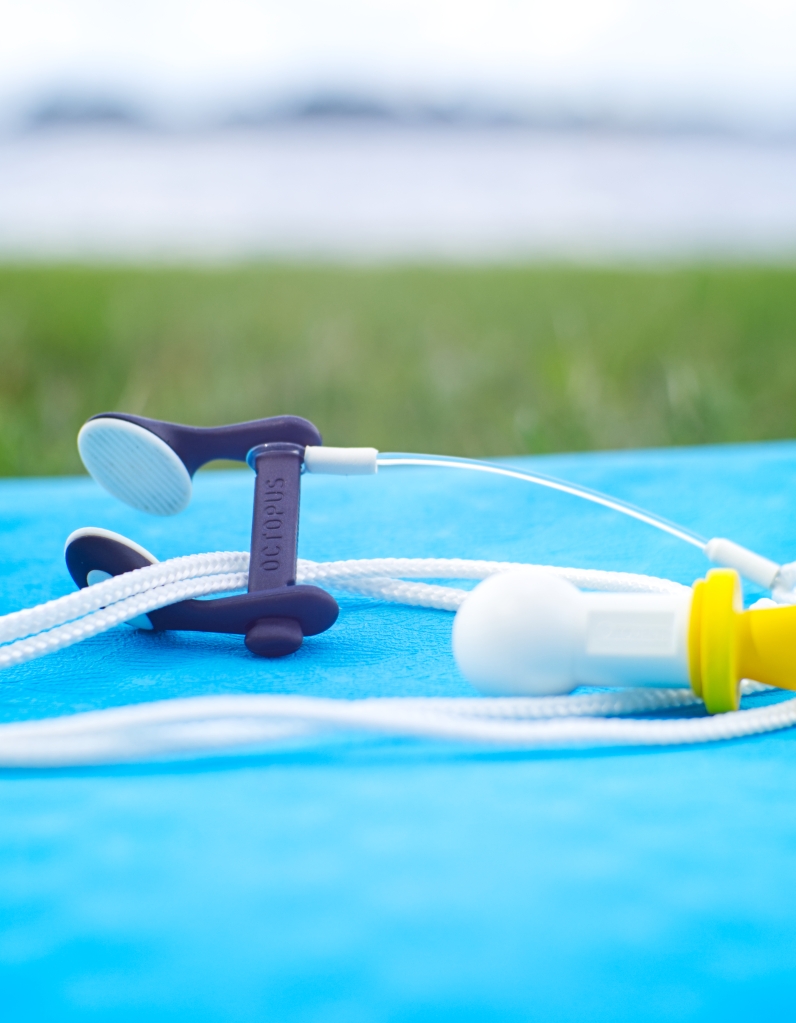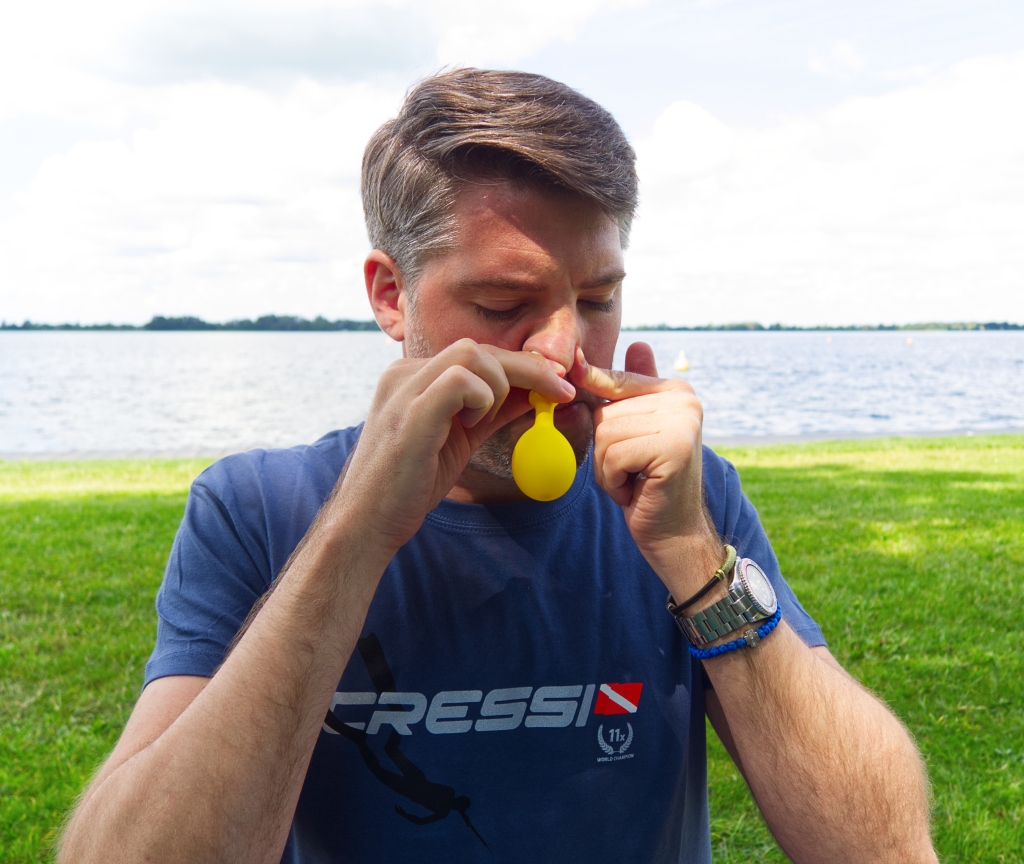So far this has been an interesting year. Downs and ups and a lot of insecurity.
Luckily my girlfriend and I managed to squeeze in an actual holiday abroad. It is our last holiday with just the two of us, since we are expecting a child somewhere early November. After we’ll always have a third wheel 😉
So there were multiple reasons why we craved for a holiday, and all other previous plans had been cancelled this year due to Covid-19. Not to mention we had been working quite hard from home, which comes with challenges of its own.
At that time Greece was still considered to be code yellow – luckily we didn’t book anything to Spain… – but with mandatory PCR-test with a negative result no older than 72 hours before departure. It raised the price of the holiday a bit, but it was well worth it and it meant a return to Zakynthos for me.
And when on the Island of Zakynthos, I contact Apnea Academy instructor Ioannis Aliazis for some freediving 🤿 I joined him for around five sessions and had a lot of fun. But the most memorable session was the night session, especially because of the aftermath! Below you can read the long post I dedicated to it on Instagram:
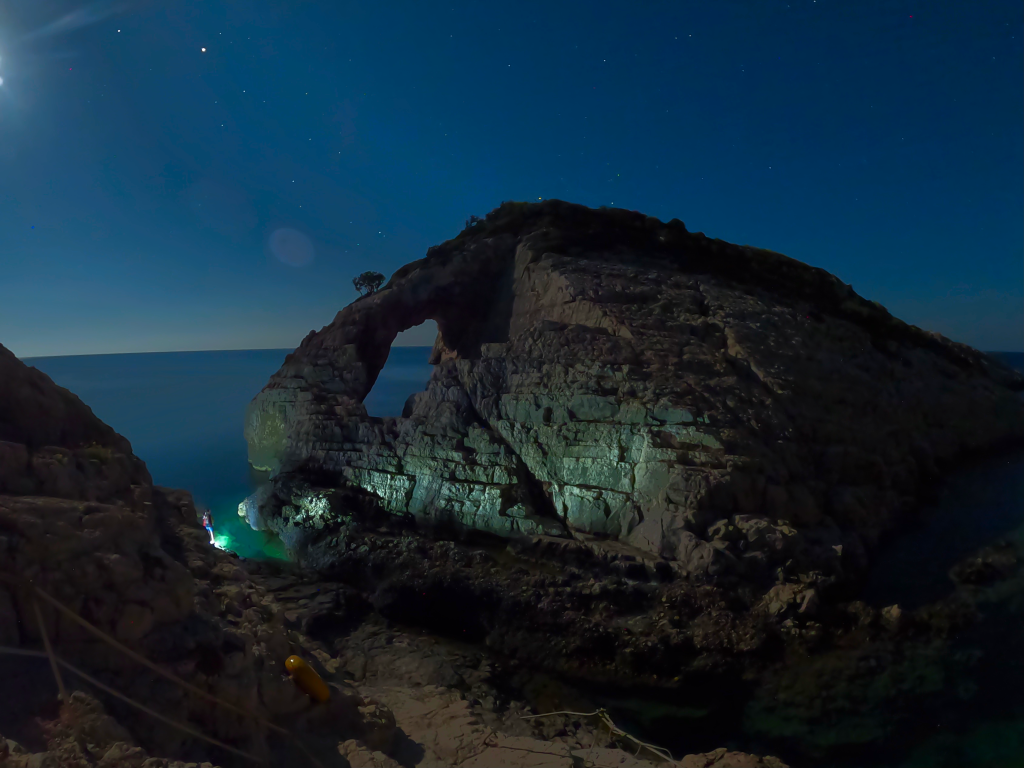
These pictures come with a story about an adventure ⬇️⬇️⬇️ An adventure that ends with a death ☠️
A couple of days ago we went freediving at night 🌚 It was a bit scary but SO, SO, SO AMAZING as well.
Ioannis borrowed extra torches that lit up the midnight sea to a blue that’s hard to describe. And when we turned them off, flapping our fins made sea sparkles light up 😍
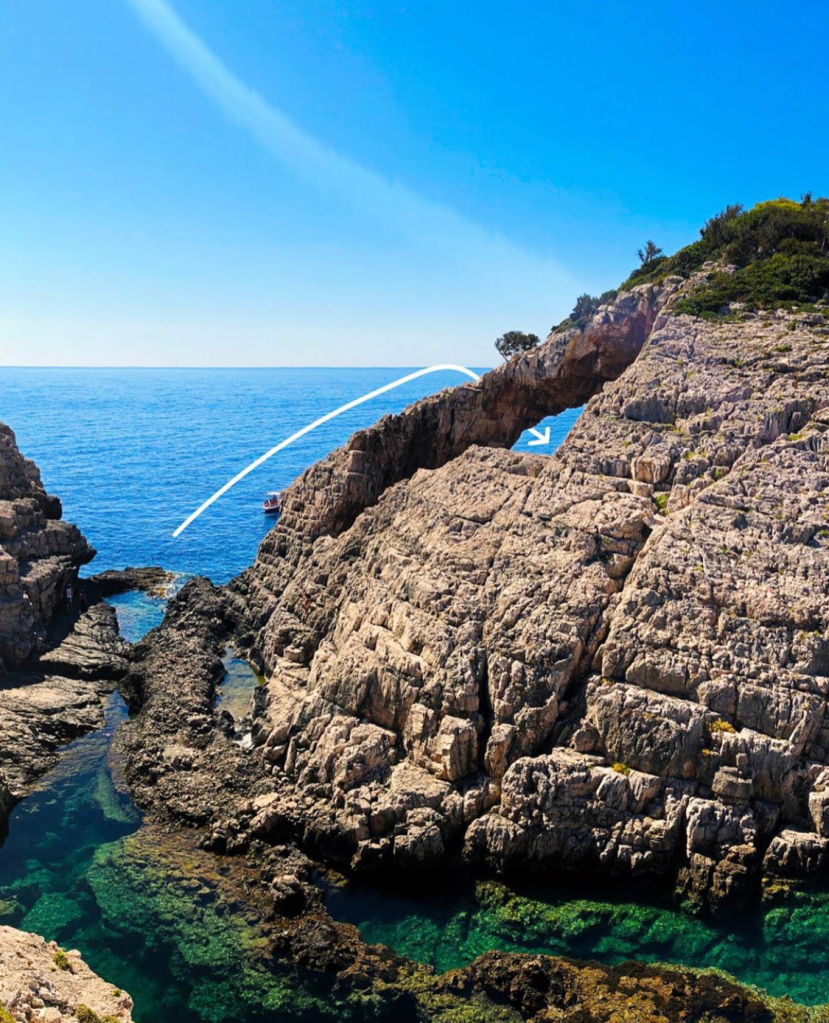
After some awesome line dives we decided to snorkel around the cave at Korakonisi a bit. I took my camera from the buoy and Monika (@apnoemoni) and I swam over there. Inside we decided to turn off the torches to look at the bright moonlight entering the crevasse. As I turned off my torch, my camera slipped out of my hand! Whaaaa!!! And in a strange movement to grab it (as I clearly forgot to put the wrist band on) my left foot slipped out of my fin’s footpocket. This shifted my focus from grabbing the camera and as a result BOTH the fin and the camera sank into the darkness… 😳
With the help of Ioannis and Imane (@imanezza_) we managed to find my fin back that same night. But after multiple dives by Ioannis and Monika, the camera was nowhere to be found. Which concerned me, as it was an Olympus TG-Tracker that can manage 30 meters of depth without any extra housing, but can’t do so for multiple hours. And now it was somewhere on the bottom of the cave, anywhere between 15 and 22 meters. But since I couldn’t possibly ask the others to exert themselves further, the camera had to spend the night 😴 at depth before I could go look for it again.
My far along pregnant girlfriend waited up for me that night, as she knew how sad I would return. Especially since the SD-card in the camera contained a lot of footage of the turtle 🐢 I swam with the day before.
The next day the trooper (yes, referring to my girlfriend) offered to go with me as a spotter 🙏🏻 So instead of going out boating, as originally planned, we left for Korakonisi again. I inflated the Subea Seatrekking and Spearfishing backpack (🎒 awesome thing!) and we swam around to the cave. There we tried to spot anything resembling the camera to no avail, even though the visibility was awesome. Definitely 25+ meters(!), but I still had to dive down to really distinguish things.
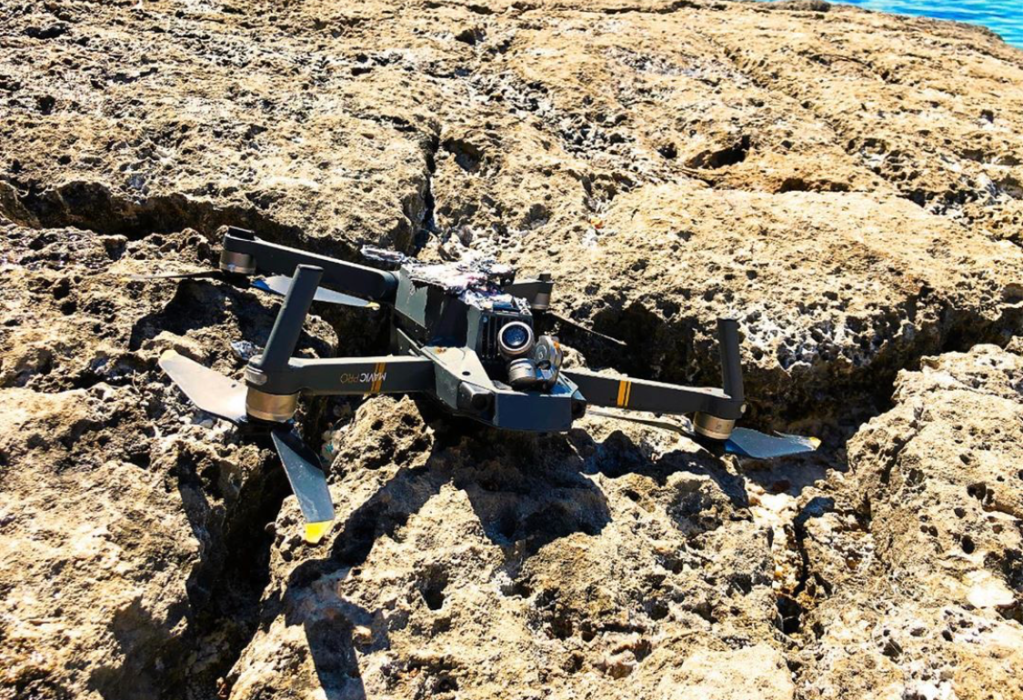
After some dives I saw this drone 🛸 lying there on a big rock. I returned to the surface and asked my girlfriend with her big baby belly to keep the backpack/buoy above there and did my breathe-up. I dove down to 21 meters and recovered it. No sign of my camera however 😔 We started to think it maybe got stuck somewhere shallow and someone there before us might have found it.
It was time to take a short break and try just a couple of more time a bit later. We had some water and some Greek 🇬🇷 snacks and returned to our quest 🧜🏻 I decided to search for the camera a bit more structured: diving down from the back of the cave and finning out. That way, if it was still there I must swim over and see it, right?!
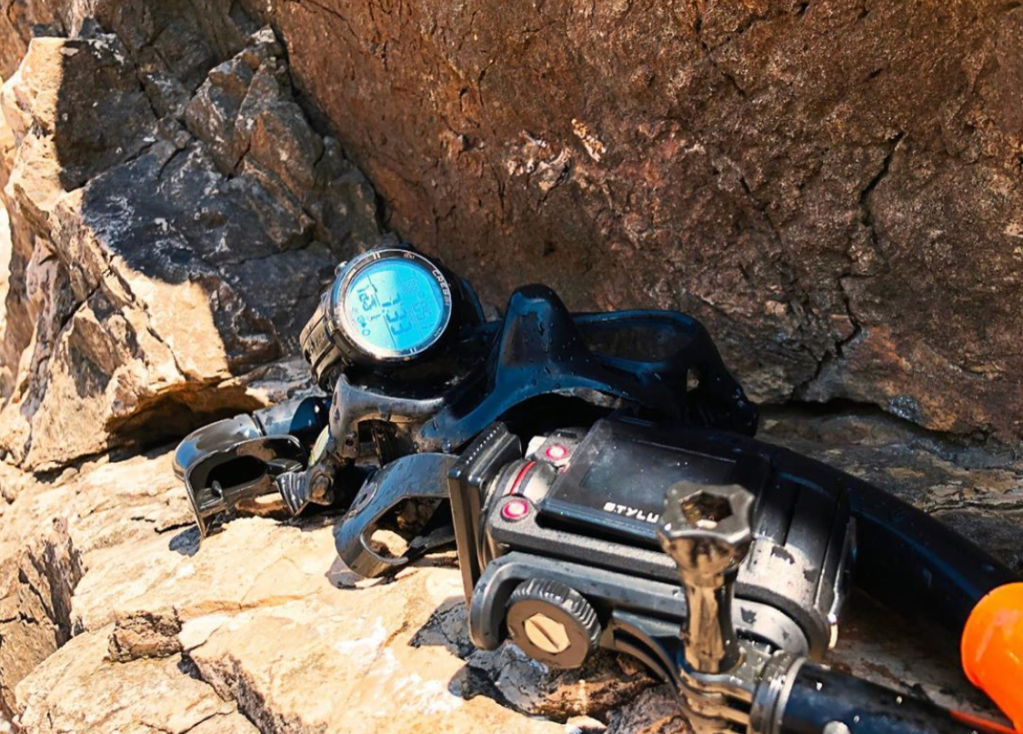
🙏🏻🙏🏻🙏🏻😍😎🤓 Well… that totally worked! I found it! There it was, between two rocks at 19.8 meters. Back to the surface for a good breathe-up and go! I dove down, got it and cheered so hard when I came up! The Olympus was back on land and the SD-card and battery slot looked quite dry! I was confident the footage was safe, which proofed to be true and so more turtle footage to come 😁🎉🎉🎉 And I’ll do you one more: we managed to recover the footage from the drone as well! 🥳
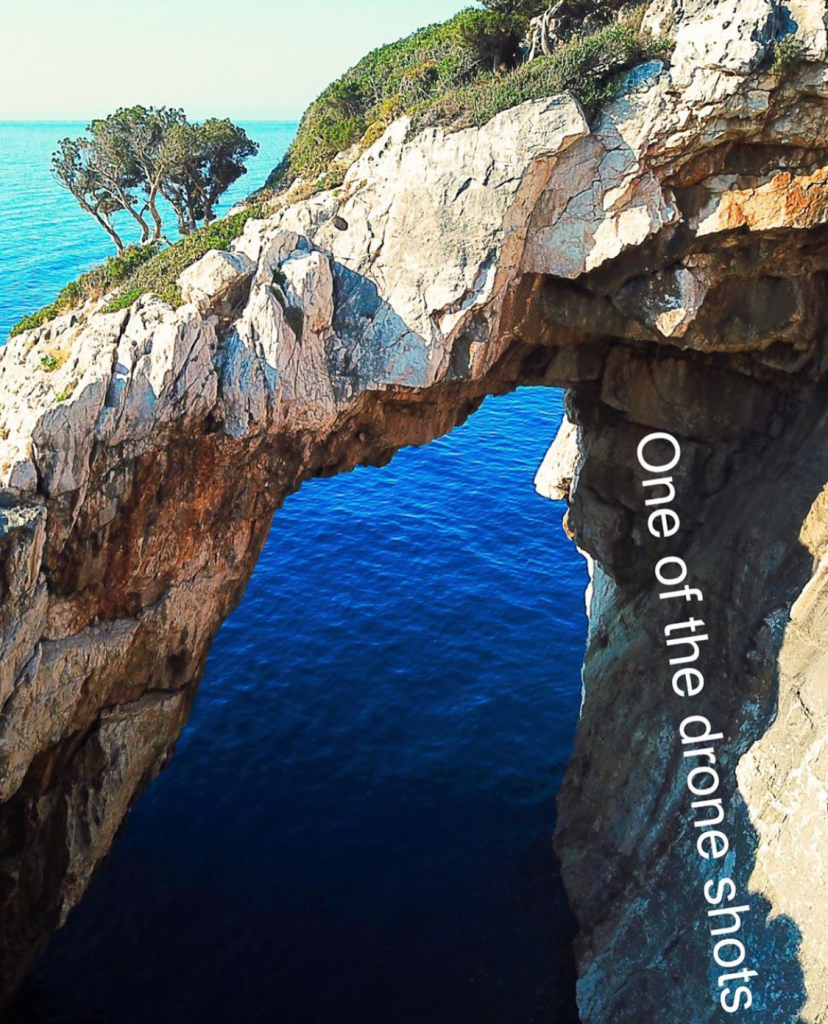
The camera itself was not in that good of a condition though… So I had to put it in a bowl of rice 🍚 to give it a chance. I left it for the night as well, but unfortunately it didn’t seem to help. It did turn on but then the screen gave a white noise. On the other hand: it looked like it would possibly still record something. And it actually did!!! We went out boating 🚤 the next day and it actually took one last film for us from the surface before it definitely passed away ☠️ and I had to give it the proper burial (see pic below). But that last film. A film of…… wait for it…… another turtle(!) 🐢 swimming beneath us!
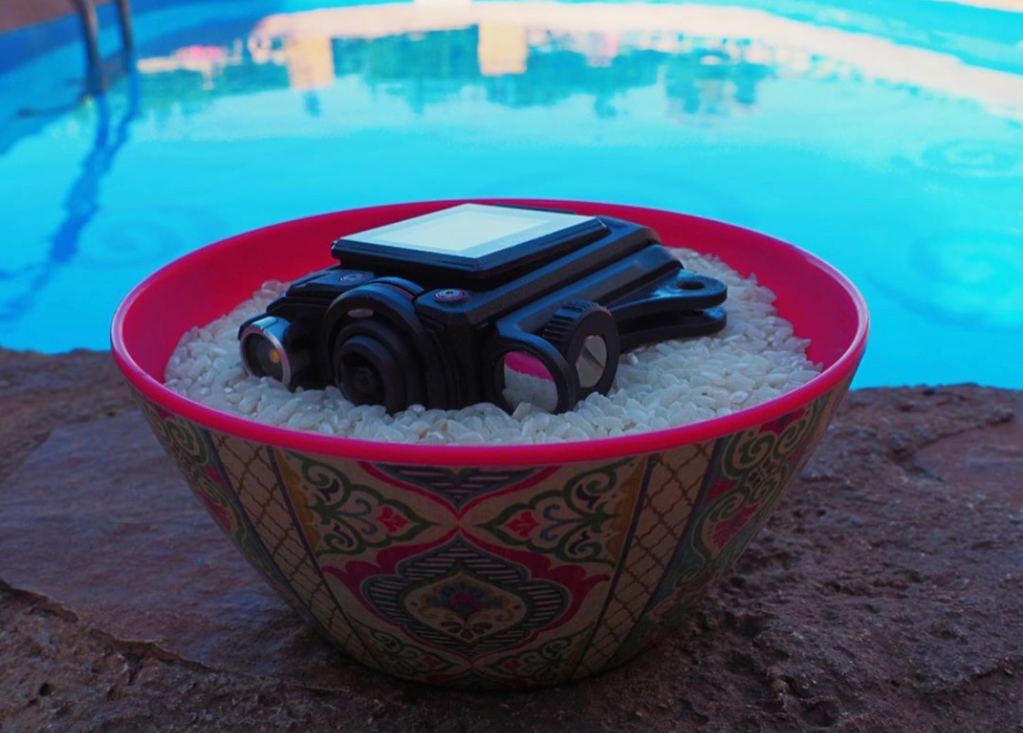
O, Poseidon 🔱, as you please, you give, you take, you give back and take back! Thank you for this adventure with a little cost and a lot of joy 🙏🏻

